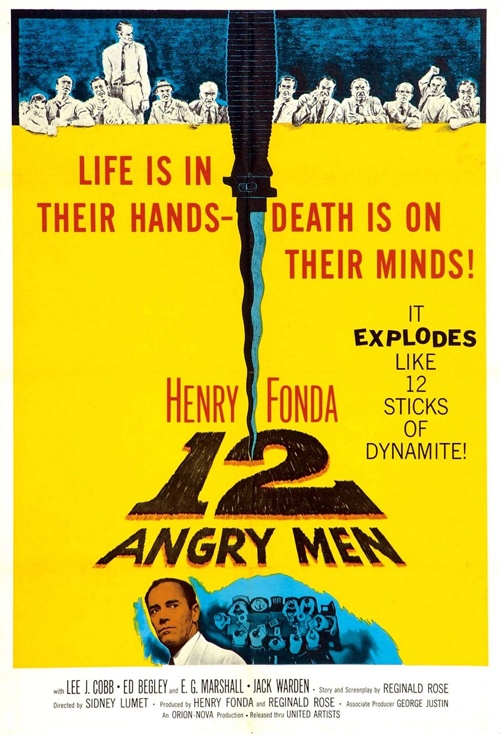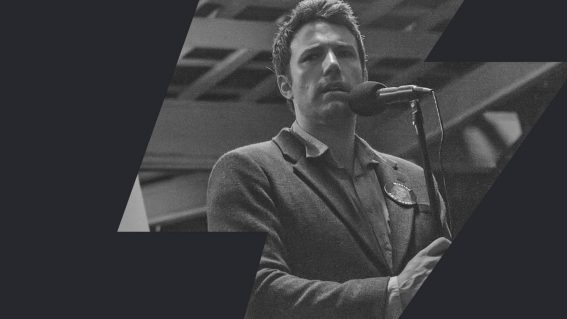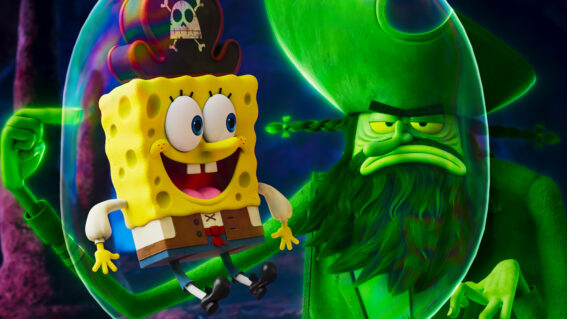Tense one-location films that are worth your time
Lock yourself in a room and watch these.
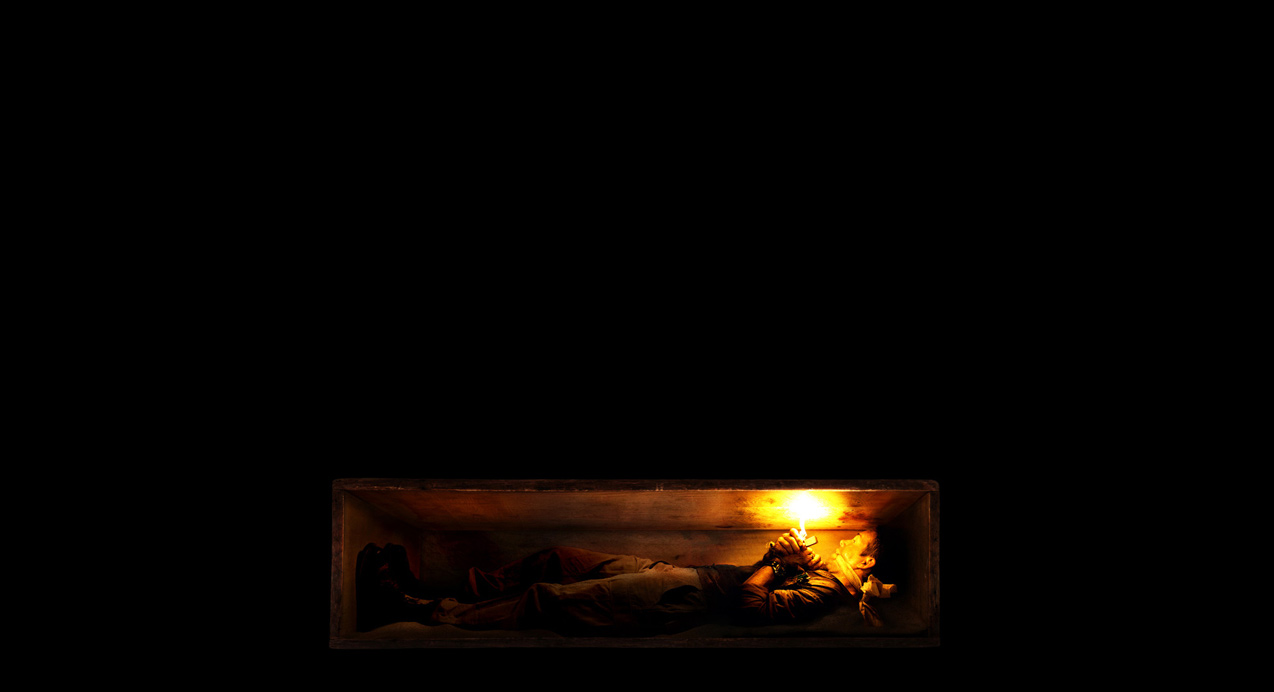
I loved one-location films growing up, from the cinematic craft of David Fincher’s Panic Room to the entertaining schlock of Joel Schumacher’s Phone Booth. The confined nature of such films calls for creative boosts in other areas, whether that’s in the script or the performances or even hyper-stylised cinematography.
A locked-in environment also lends itself nicely to tension, so many of these films lean on different forms of suspense. One such film, Danish thriller The Guilty, centres on an emergency services phone operator conversing with a distressed mother who claims she’s been kidnapped. The film, which doesn’t leave the emergency services centre, won the World Cinema Audience Award at Sundance and—to my great joy—opens in select cinemas nationwide this week. (Find times and tickets)
You can define ‘one-location film’ in a number of ways. For these recommendations, however, I chose films that put a tense, uninterrupted emphasis on a very tight location.
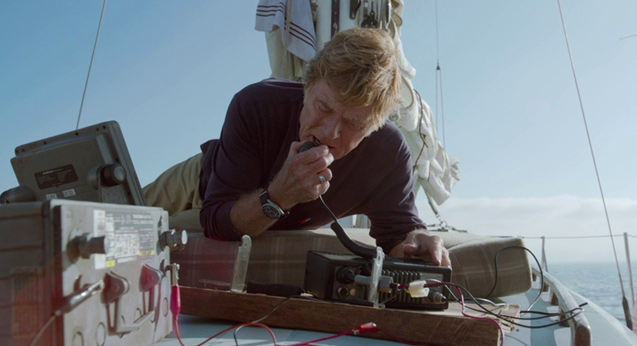
All is Lost
Featuring just one person, set on one boat, with only one word spoken throughout the entire film, this lost-at-sea thriller pits Robert Redford against the ocean and the elements. That’s all there is to it, but seeing an experienced-yet-weary man push his body and inventiveness to the limits for the sake of survival proves compelling—especially when faced with a moody mother nature that seems hellbent on his destruction.
This is the second feature by writer and director J. C. Chandor who made his debut with another excellent confined thriller, 2011’s Margin Call, set within a New York investment bank during the opening 24 hours of the 2008 financial crisis.
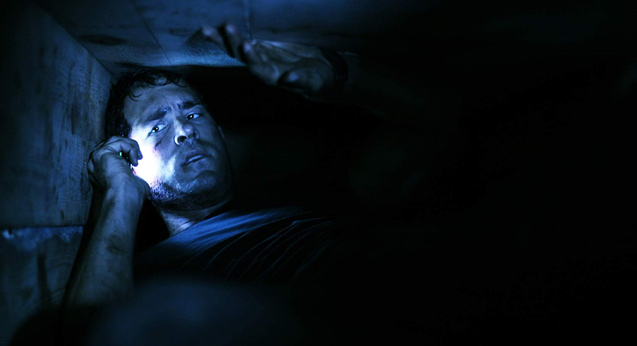
Buried
Before the public grew to love Ryan Reynolds again thanks to Deadpool, poor ole Ry-Rey gave an underappreciated performance in this daring thriller set entirely in a coffin. He plays a truck driver who wakes up buried alive with only a cellphone and a lighter. That’s all you need to know.
Despite the very limited setting, Spanish director Rodrigo Cortés does a damn fine job depicting the box in a number of visually creative ways—from exaggerated camera moves to creative lighting tricks. It’s well worth a watch. In the dark. By yourself.
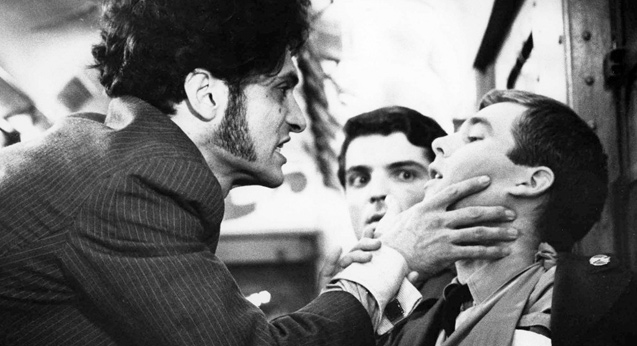
The Incident
This flawed but effective commuter thriller from 1967 “hits like a switchblade knife” the poster proclaims, following two young anarchist assholes who methodically terrorise everyone on a late-night New York subway. There’s a little bit of set up outside of the train, but once everyone’s in, the film locks the screws on the claustrophobic chaos.
The civil commuters are painted in broad strokes, and a lot of them talk a tough game, but when they’re confronted by this very real threat, it’s both oddly satisfying to see these common jerks shrivel and discomforting to witness no-one standing up for everyone else. The mystery isn’t in the punks’ motive; it’s in wondering who’s going to stand up for everyone else. The ending’s a bit obvious, but getting there is a tense experience.
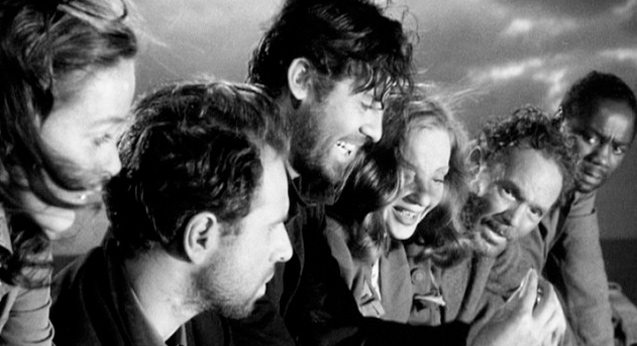
Lifeboat
The first of three Alfred Hitchcock films on this list, Lifeboat follows survivors of a torpedoed ship during World War II. They all jump aboard the titular raft, only to be joined by one of the men from the German U-boat that sunk them.
The film milks all its tension from the paranoia that ensues and Hitchcock sure knows how to yank that udder. Can the group trust him? Can he trust this group? Can the group work democratically in this life-or-death situation? And even if they all do get along, will they still survive out there in the middle of the ocean? Oh, it’s a goody.
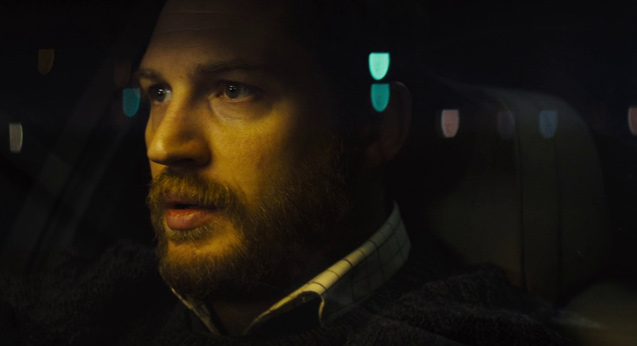
Locke
Tom Hardy. In a car. For 80 minutes. Technically, that’s the entire movie, but the thick story writer-director Steven Knight inflates into the scenario makes for a riveting, thrilling drama. It also helps that Hardy remains in top acting form as a man trying to keep it together as his life methodically crumbles in his hands.
There’s a lot on the line, too, with his family life and hard-fought career in the firing line. That’s bad enough, but as time ticks on, the film presents even more dire consequences that depend on every word Hardy says into his hands-free phone. There’s no turning back, the only way is forward, this won’t stop—setting the entire film in a moving car means the audience can never visually escape this situation.
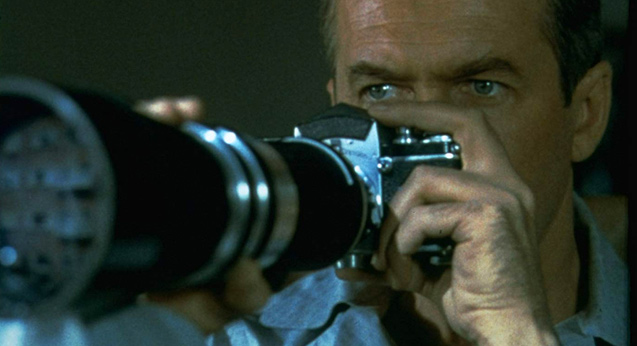
Rear Window
The mecca of one-location thrillers, Hitchcock’s masterpiece equips Jimmy Stewart with a wheelchair, camera, and massive zoom lens then puts a potential murder next door. Much like Lifeboat, the pot of paranoia boils slowly as Stewart tries to figure out whether or not to believe his own eyes.
It’s a premise played to perfection, with numerous little subplots from neighbouring houses all wrapping up in superbly satisfying fashion. By forcing the camera to never leave the room, audiences felt just as stuck as Stewart’s character. Absolute brilliance that’s been imitated numerously.
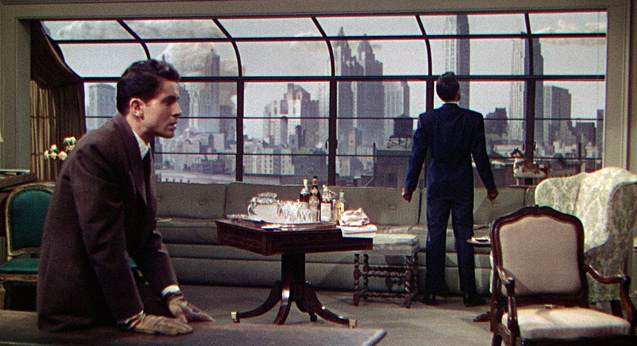
Rope
The final Hitchcock feature on this list is also one of his least appreciated, and unlike his previous two films mentioned, Rope centres on the murderers. It opens with two young men who feel so mighty about their intellect that they not only commit what they think will be the “perfect murder,” they also hide the body and invite the deceased’s friends and family around for dinner in the same room.
It’s a messed-up premise that judo flips expectations by forcing the audience to worry about the reveal of the body, not for the murderers’ sake (they don’t deserve sympathy) but in fear of how matters could really blow up. By cramming everyone into such a small space, and photographing the action with some excellent framing choices, Rope sustains its suspense all the way to the end, with an incredible performance from John Dall that holds up as prominently as Jimmy Stewart’s.
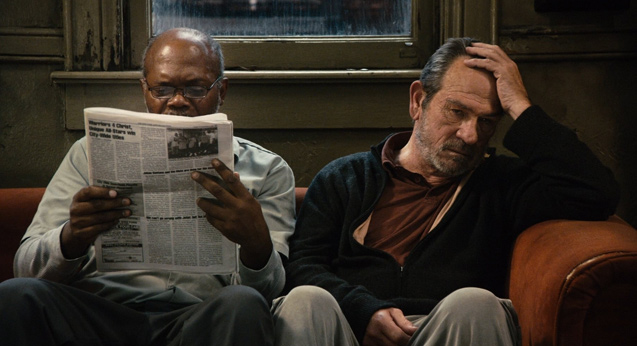
The Sunset Limited
Tommy Lee Jones directed himself and Samuel L Jackson in this life-on-the-line drama that those triggered by suicide (or films that are very obviously based on a stage play) should avoid. The film sees Jones’ doomed philosophy professor locked in the house with Jackson’s character, a Man of the Lord who just prevented his suicide. A very long conversation unfolds with Jones providing a logic-based list of reasons to take his life while Jackson attempts to counter-argue all of them.
Unsurprisingly written by pen-wielding pessimist Cormac McCarthy (The Road, No Country for Old Men), it’s a challengingly grim thing to take in. Jones’ character makes it abundantly clear that if he leaves the room, he’ll throw himself into the next train he sees, so the film’s one room feels like a life-support system that Jackson’s character has to keep powering.
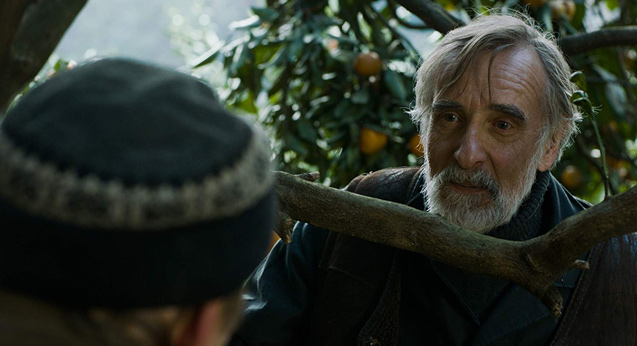
Tangerines
This humble 2013 Oscar nominee for Best Foreign Language Film follows a tangerine harvester who stays with his orchard during the Georgian Civil War. When he comes across a minor firefight, he takes in two badly-injured men from either side of the conflict. In exchange for his hospitality, the two men must agree to not kill each other while they’re on his land—a promise that proves extremely difficult for either of them to keep.
Perhaps the biggest location on this list, the seclusion comes from knowing that this little scrap of land acts as a neutral zone inside a war-torn country. It’s a lovely little spot too, with the orchard in full bloom, but the more tension escalates, the more likely it seems that this beautiful slice of nature will burn down in a storm of bullets. Unless these men can be at peace with each other.
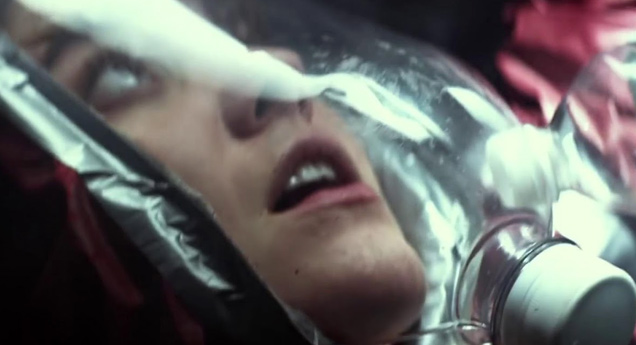
10 Cloverfield Lane
This surprise follow-up to big monster movie Cloverfield took a bold new direction away from the found-footage genre and bottled the tension inside a bunker for this standalone feature. Mary Elizabeth Winstead plays a young woman who gets into a car accident, only to wake up chained in a bomb shelter where a twitchy John Goodman tells her the world’s been taken over by aliens. John Gallagher Jr. co-stars as a guy equally confused about the whole situation.
The film owes so much to Goodman’s incredible performance as a man two steps away from the cliff of insanity. The other two characters owe their lives to him, which complicates matters further when his requests and beliefs become unruly. Eventually, they wonder what’s more dangerous: the unknown threat outside or the known threat inside.

This is Not a Film
Didn’t expect to see a documentary on this list, did ya? In 2010, the Iranian government put director Jafar Panahi under house arrest and banned him from filmmaking. While awaiting a verdict (possibly time in prison), he covertly made this documentary depicting a day in his life and the film he intended on making (i.e. the film that landed him in this position). This doco was then smuggled out of the country on a USB stick hidden in a cake.
By no means a typical film (you could even say it’s not a film at all), we bear witness to a man desperately trying to express himself within the confines of one room and a narrow time frame—his future unclear. It’s suspenseful and surreal viewing, despite being the only “real” film on this list.
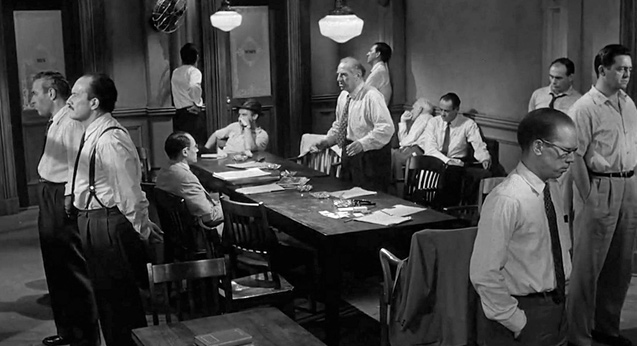
12 Angry Men
You know a film’s a masterpiece when it remains relevant 60 years later. Sidney Lumet’s jury room drama throws a dozen strangers together to determine whether or not a young man of colour deserves the death sentence. Each man comes from privilege, but only Henry Fonda’s character bothers to use it for the sake of the accused. The rest just want to escape the heat and go home to continue their luxurious lives, happy to not consider the case and let the boy hang.
What continues is a perfectly-written descent into argument madness, sort-of like a heated Twitter thread personified but with a young man’s life on the line. The ensuing social pressures and wavey allegiances ratchet the tension to the melting point, with the film’s jury room acting as the ultimate oven.
It’s a film that shows how our words, ignorance, and prejudices can be deadly in ways we might not even know. More importantly, 12 Angry Men illustrates how compassion, reception, and—yes—well-placed anger can literally save lives.
















